|
I almost always start a work with a reference photo. However, If I'm impatient or lazy, and I'm both at times, I may choose a photo with a weak composition. Rather than taking the time to think, I'll dive right in to my art process. And in this way, I make my greatest mistake, and may need some help. MY GREATEST MISTAKE - STARTING WITH A WEAK COMPOSITION This is what I call "my greatest mistake." I too frequently begin with a weak composition rather than take the time to think through where I want the work to go. In my process, all good work starts and ends with a strong composition. In my art practice, I consider the development of composition and values - especially lights and darks - as the bones of a good painting. All the technique and color in the world is icing on the cake. It won't save a compositionally poor work. (For more on establishing composition, visit my YouTube Channel at MarcyFineArt.) If I'm bumbling around in a work, I know I'm struggling with a weak composition. However, my media give me an advantage. By using acrylic and pen, I'm free at any time to strengthen the the piece quickly by drawing a new composition right over the old. I may actually simply scribble in shapes and make them into an object to make the composition work. HOW TO GET INSTANT HELP When you are in trouble, who ya gonna call? Well, in art, not ghostbusters. When I need help, I call on the best - The Great Masters. I google the works of my favorite painters and visually ask them questions about where my painting should go. My favorite painters belong to a group called the Nabis: Gaugin, Bonnard, Vuillard. As I look at their works, I ask questions of myself like: Does this piece look like mine? Are the shapes similar? The colors? How do they handle a similar composition? And with those questions visually answered, I improve my work. THE GOOD AND THE BAD OF THIS SOLUTION There are both positives and negatives to this process. First, I may have to abandon my beginning composition; next, I am risking that I'll be able to strengthen not only these bones, the structure of the painting, but that the entire painting itself will retain what I hoped it would be. Let's take a look at how this process played out today. The Process This is my reference photo. I know going in that the composition in the upper 1/4 of the photo is weak. Step 1. As I look at this photo, I see shapes that work those traced by the orange line. However the top quarter, outlined in blue, needs work. A good composition is a path that helps your eye travel around the painting. Great Master's to the Rescue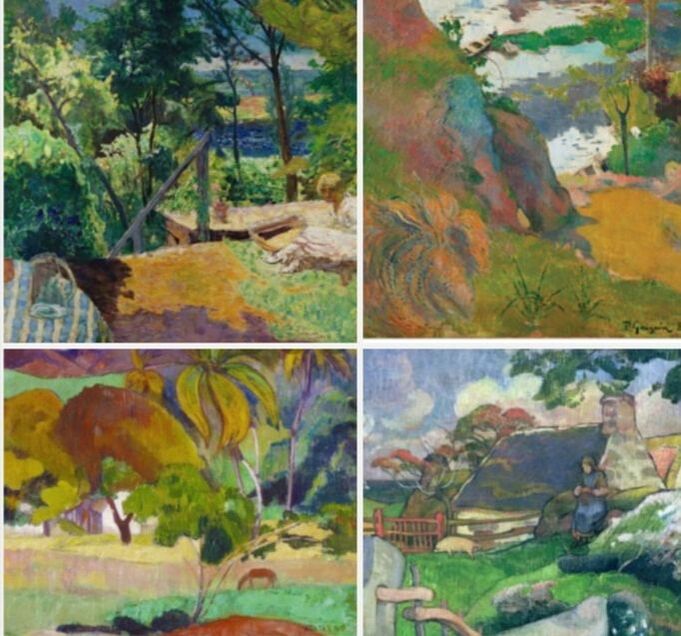 GREAT MASTERS TO THE RESCUE! In the pieces above, I have invited Gaugin and Bonnard to show me some work. These are only sections of their paintings. I notice the flowing shapes and the colors that are similar to the piece I'm creating. Although my piece becomes nothing like theirs, I learn from looking at their placement of colors and the flow - the compositional path - around the piece of art. I watch myself as I continue, because I really don't want to emulate their precision of shapes in my piece. I want to keep my own sketchy style. 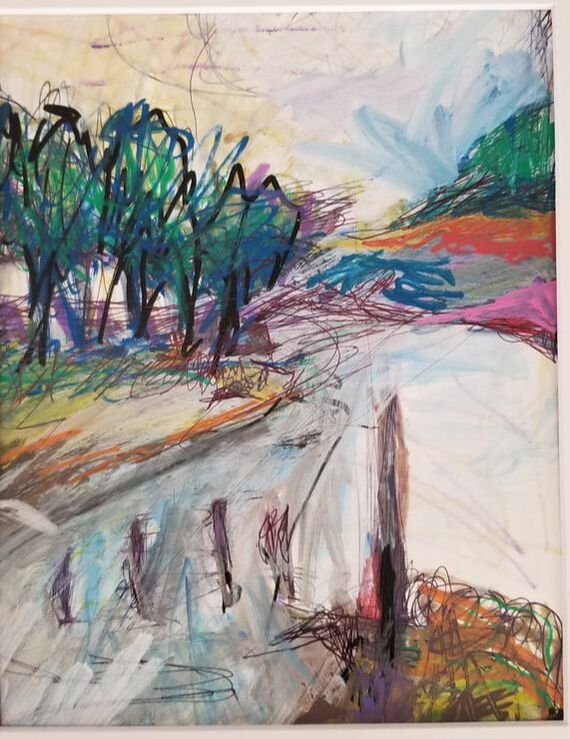 Confession: I have a visual problem. One eye is nearsighted, the other farsighted! My right eye wants to ignore the right side of my work. So I study the balance in the master's paintings. As you notice, I work to strengthen a shape on the right side. Take a look at your work. Is there some area that always feels weak? It's good to know. 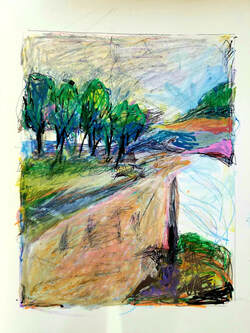 This was a two hour sketch. It's still unfinished as a piece of art. That right side still gives me problems. However, as I compare it to my reference photo, I'm happy with today's results. My time wasn't wasted thanks to asking for help when I needed it from my favorite painters. Do you have common problems with your paintings or drawings?
2 Comments
Barbara
1/21/2021 04:39:36 pm
What kind of ink pens are you using?
Reply
Marcy Fine Art
1/25/2021 05:05:54 pm
Hi Barbara, I'm using a regular ink pen, like Bic pen.
Reply
Your comment will be posted after it is approved.
Leave a Reply. |
Marcy Orendorff Fine ArtArt techniques Archives
February 2021
Categories |

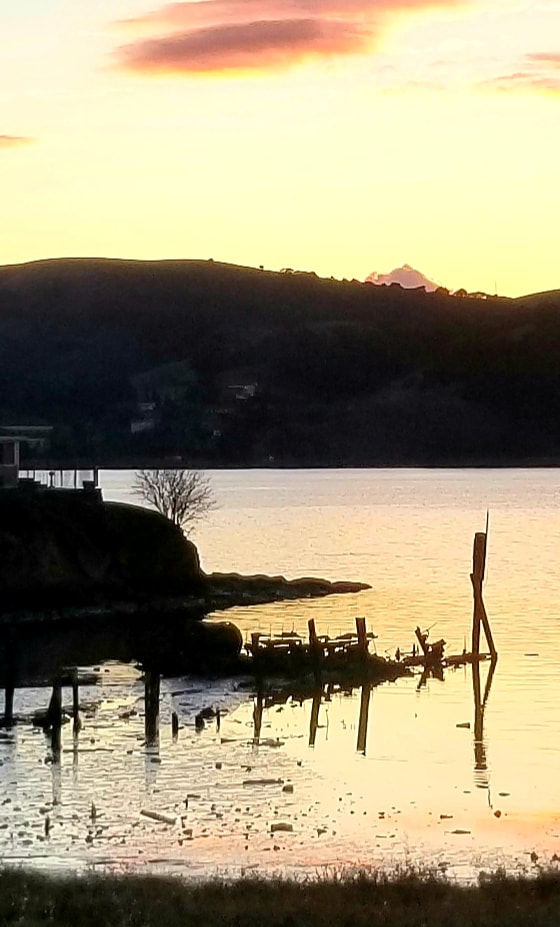
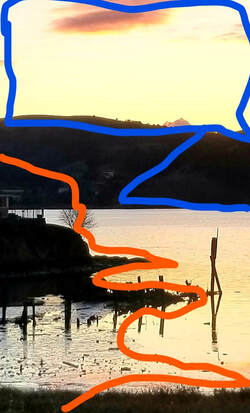
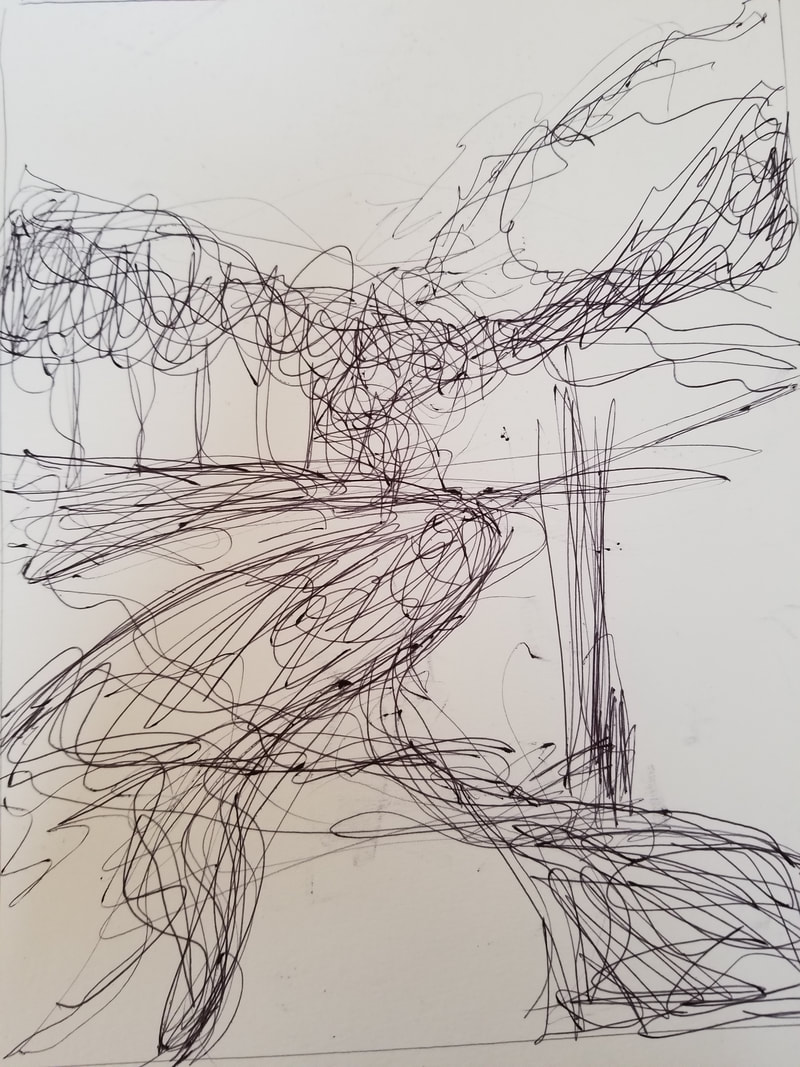
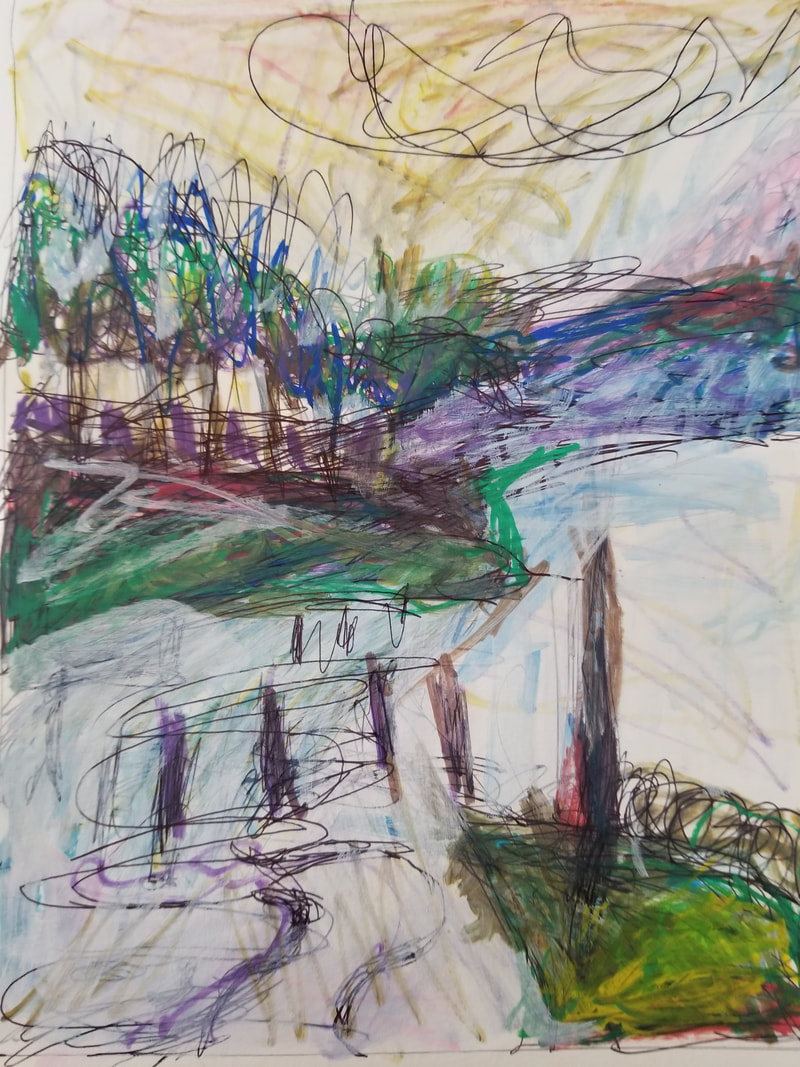
 RSS Feed
RSS Feed